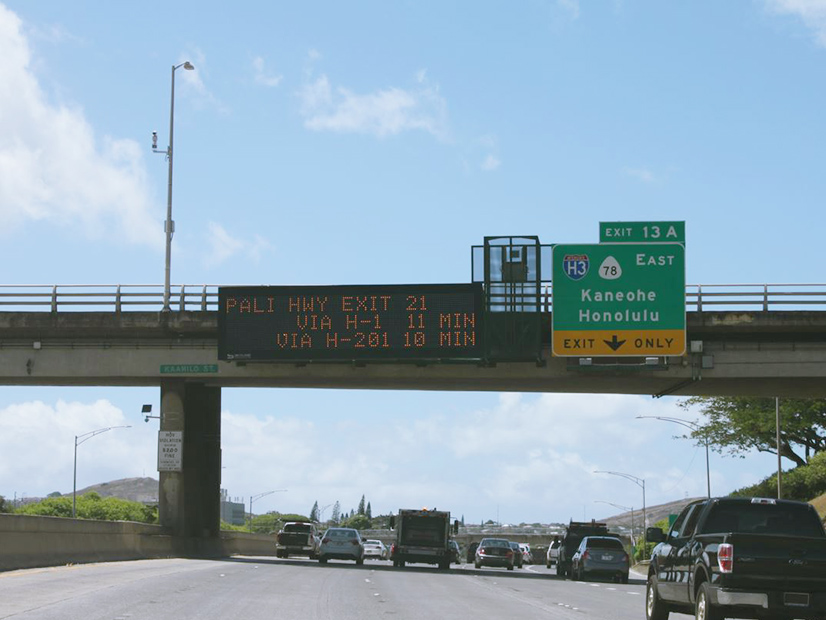
The Hawaii State Energy Office (HSEO) is partnering with the state’s Department of Health (HDOH) to give away $2.1 million in rebates to incentivize diesel vehicle owners to switch to electric equivalents.
The Diesel Replacement Rebate (DRR) program will offer a 45% rebate to both public and private organizations that replace medium- and heavy-duty vehicles with an electric equivalent.
“Ground transportation represents about one quarter of Hawaii’s oil consumption and energy sector greenhouse gas emissions,” HSEO Chief Energy Officer Scott Glenn said. The DRR will “support job creation and reduce exposure to pollution for people who rely on mass transit.”
Qualified vehicles would include buses for transit, schools, and shuttles, as well as medium- and heavy-duty trucks. These would be type A, B, C and D school buses; class 5+ medium- and heavy-duty buses; and class 5, 6, 7 and 8 medium- and heavy-duty trucks.
Applicants must have owned and operated the vehicle in Hawaii for at least two years prior to applying, the vehicle must be fully operational, and it must have an estimated remaining life of at least three years.
Eligible replacement vehicles must be fully electric and zero-emission, resemble the replaced vehicle “in form and function,” be the most recent model available, be of a similar weight and horsepower class, and cannot be a retrofitted vehicle.
The DRR program guide also emphasizes that the replacement vehicle must operate in Hawaii for at least five years upon deployment.
DRR applicants can also apply for a charging station to go with the new vehicle, which would be included in the 45% rebate total. The rebate will only go toward the charging station itself; equipment and services such as batteries, solar panels, additional wiring and maintenance are not included.
HSEO is also running the Hawaii Energy charger rebate, which can be combined with the DRR. The DRR program guide notes that the charger rebate “will be netted from the project cost and the Diesel Replacement Rebate will be applied to the remaining cost.”
The DRR allows the salvaging and selling of parts from the diesel vehicles, yet the program guide notes that “the income may be used to meet the cost-sharing or matching requirement of the award. Therefore, the rebate amount will remain the same.”
Applicants must match at least 55% of the cost and cannot use federal funding for cost matching. Applicants also cannot request more than $1.2 million.
“Reducing harmful emissions from diesel engines is important to protect human health and our island environment,” Kathleen Ho, HDOH deputy director for environmental health, said in a statement. “We are excited to partner with the Hawaii State Energy Office to reduce air pollution and improve air quality for the people of Hawaii.”
Applications for the DRR will open on Oct. 29, but the HSEO recommends prospective applicants attend a webinar on Oct. 21 for detailed information.

